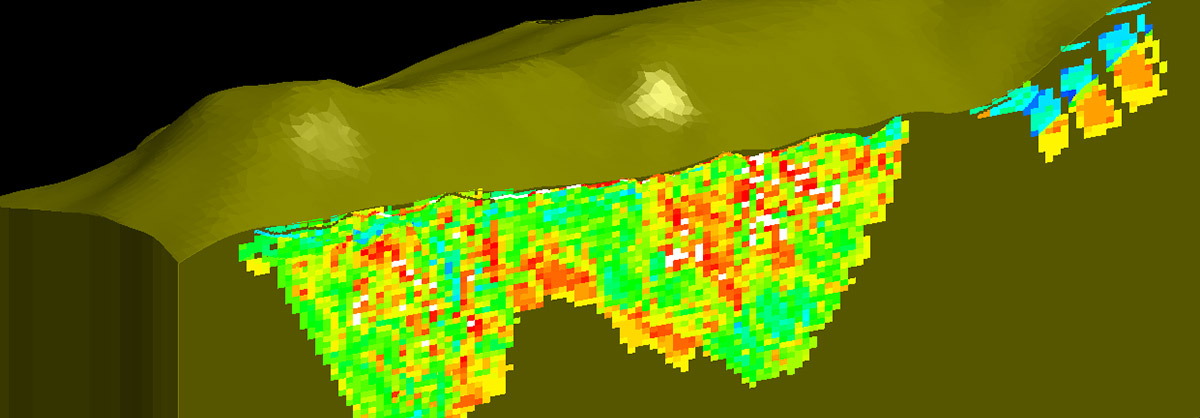September 2019 Issue Index
Digital twin value for mine performance
Solutions integration between Maptek and PETRA is further unlocking the value of digital twin models for mine value chain optimisation to improve performance.
The agreement between Maptek and PETRA is providing industry with valuable results. The integrated technology has for example enabled PanAust to identify and visualise areas of poor recovery where petrographic and geochemical studies were not definitive.
The Maptek – PETRA solutions range from geometallurgical and dig rate modelling and visualisation, to drill and blast and processing plant optimisation and simulation. Combining deep domain expertise from across the whole value chain presents the industry with holistic optimisation.
PETRA’s MAXTA solution creates a digital twin of the entire mining value chain. The machine learning approach brings many benefits to an operation.
Digital twin simulation enables engineers to virtually adjust ‘levers’ showing future scenarios around mine planning, blasting, metallurgy and process control to guide the best performance going forward. MAXTA mathematical optimisation automatically identifies which levers gave the best performance.
Engineers can conduct risk analysis, cost improvement studies, ‘what if’ simulations and scenario analysis. They can also show justification for resource allocation and develop strategies for the amelioration of negative events such as breakdowns.
Maptek Vulcan modelling and mine planning software has been helping mining companies to add value to their orebody and operational data for four decades. The recognition that production and operational data is a critical piece of the mine data landscape made integration of Vulcan and MAXTA a natural fit.
A Python application runs inside Vulcan to connect to MAXTA and populate block models with digital twin learnings from MAXTA.
Planning can be based on better information, which in turn makes the digital twin models more relevant as they are connected to geological models and mine planning.
Importantly, this integration unleashes the capacity of MAXTA by utilising the most advanced, complex machine learning models and feeding information back into familiar workflows.
PETRA CEO, Dr Penny Stewart says speed to value is another key advantage of the integration.
‘It’s a breakthrough for mining because it provides a seamless way of integrating what’s actually been going on in your mine for the last few years and using that to dynamically update your mine planning process,’ adds Stewart.
‘That has never really been productionised before.’
Stewart explains that MAXTA digital twin models are deployed into the production environment either in real-time or through the Vulcan digital twin integration that enables mine planners or geologists to seamlessly update the block model.
‘What’s really different is how this links the mine and the mill as part of day-to-day operations, productionising the ability of mines to feed back what they’ve learnt into their mine planning process.’
The next application will be dynamic mine scheduling. This will be made possible by bringing together the optimisation engines from Maptek Evolution mine scheduling solution and PETRA’s prediction and simulation algorithms.
Blast design optimisation will also be performed by PETRA’s MAXTA digital twin models dynamically linked to Maptek BlastLogic to enable optimised loading, crushing and grinding performance.
The MAXTA blast design simulation models can be created and updated using site specific blast performance detail by connection to BlastLogic historical drill and blast design data.
This partnership between Maptek and PETRA signifies a ground-breaking advance in understanding of performance and processes for the mining industry, with the future looking strong.
- The partnership between Maptek and PETRA Data Science allows mine planning to benefit from integration with production processes across the mining value chain.
- Deploying a MAXTA digital twin model into the production environment and interacting with the Vulcan block model allows planning to be based on better information.
- Operations have already saved millions of dollars using new machine learning models.
- Dynamic mine scheduling and blast optimisation are additional key applications that will benefit from digital twin modelling through PETRA prediction systems.

